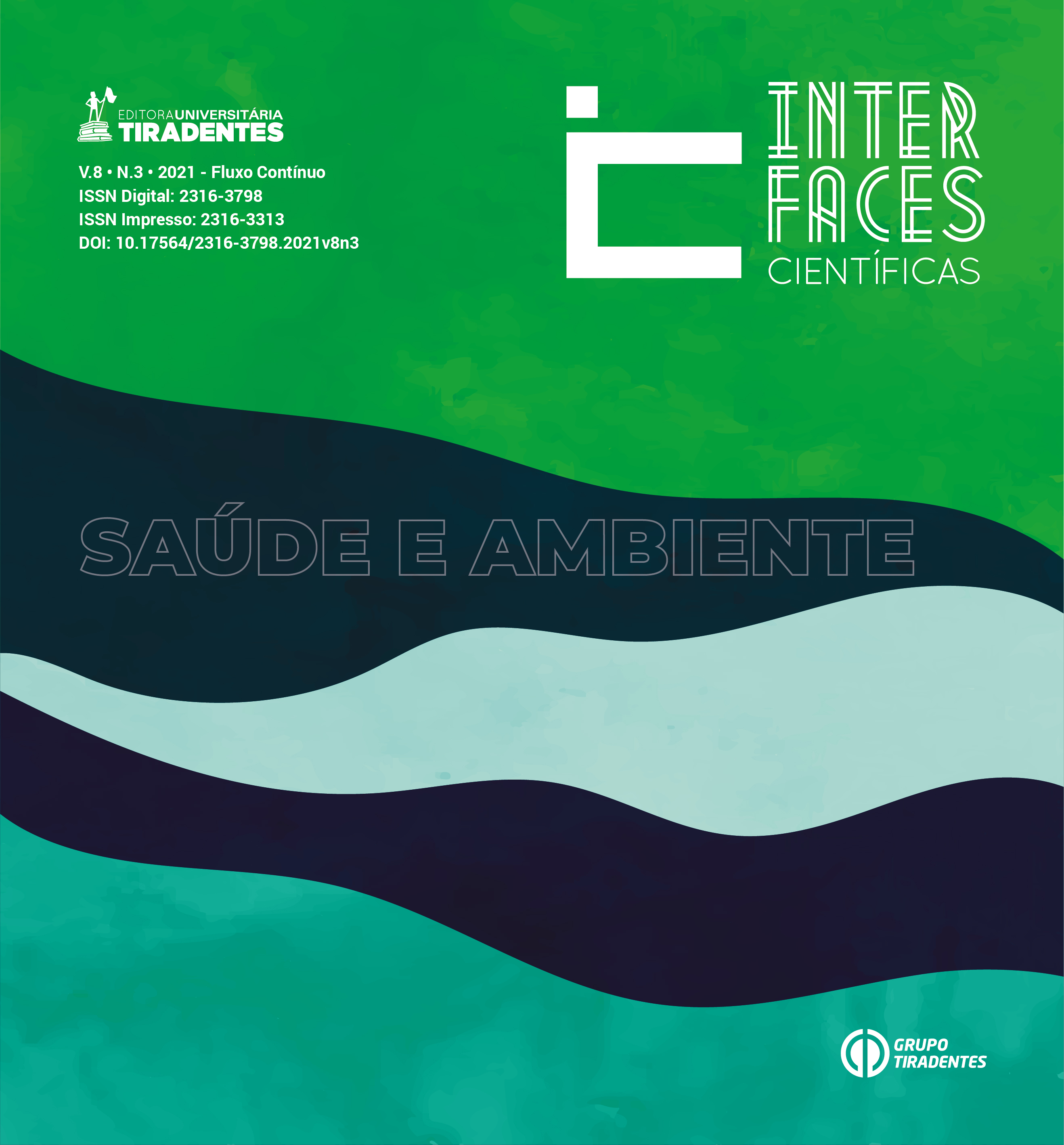MONITORING OF 2-METHYLISOBORNEOL AND GEOSMINE IN A CONSTRUCTED LAKE TO PUBLIC SUPPLY IN SOUTHERN BRAZIL
DOI:
https://doi.org/10.17564/2316-3798.2021v8n3p279-293Publicado
Downloads
Downloads
Edição
Seção
Licença
Autores que publicam nesta revista concordam com os seguintes termos:
a. Autores mantêm os direitos autorais e concedem à revista o direito de primeira publicação, com o trabalho simultaneamente licenciado sob a Licença Creative Commons Attribution que permite o compartilhamento do trabalho com reconhecimento da autoria e publicação inicial nesta revista.
b. Autores têm permissão e são estimulados a distribuir seu trabalho on-line (ex.: em repositórios institucionais ou na sua página pessoal), já que isso pode gerar aumento o impacto e a citação do trabalho publicado (Veja O Efeito do Acesso Livre).
Resumo
People that consumed treated water from Dourado Lake, Santa Cruz do Sul, RS, Brazil, perceived alterations in its taste and odor. Based on this, it was studied the monitoring of 2-mthylisoborneol (2-MIB) and geosmin (GSM) in samples collected from Dourado Lake, using solid-phase microextraction (SPME) coupled to gas chromatography/mass spectrometry (GC/MS). The monitoring was done by performing exploratory evaluations at several points on the lake during the summers of 2017 and 2018 and in all seasons of 2019, considering points of water in an inflow and an outflow of the lake. At the inlet point, the average concentration of GSM was 7.56 ± 1.94 ng L-1 and that of 2-MIB was 33.09 ± 6.89 ng L-1. However, for the outlet point, the average concentrations of GSM and 2-MIB were 10.62 ± 2.51 ng L-1 and 28.72 ± 10.47 ng L-1, respectively. In all cases, the presence of GSM and 2-MIB was perceptible by the people consuming the water
(during all seasons), showing the need for correct management of water resources.




















